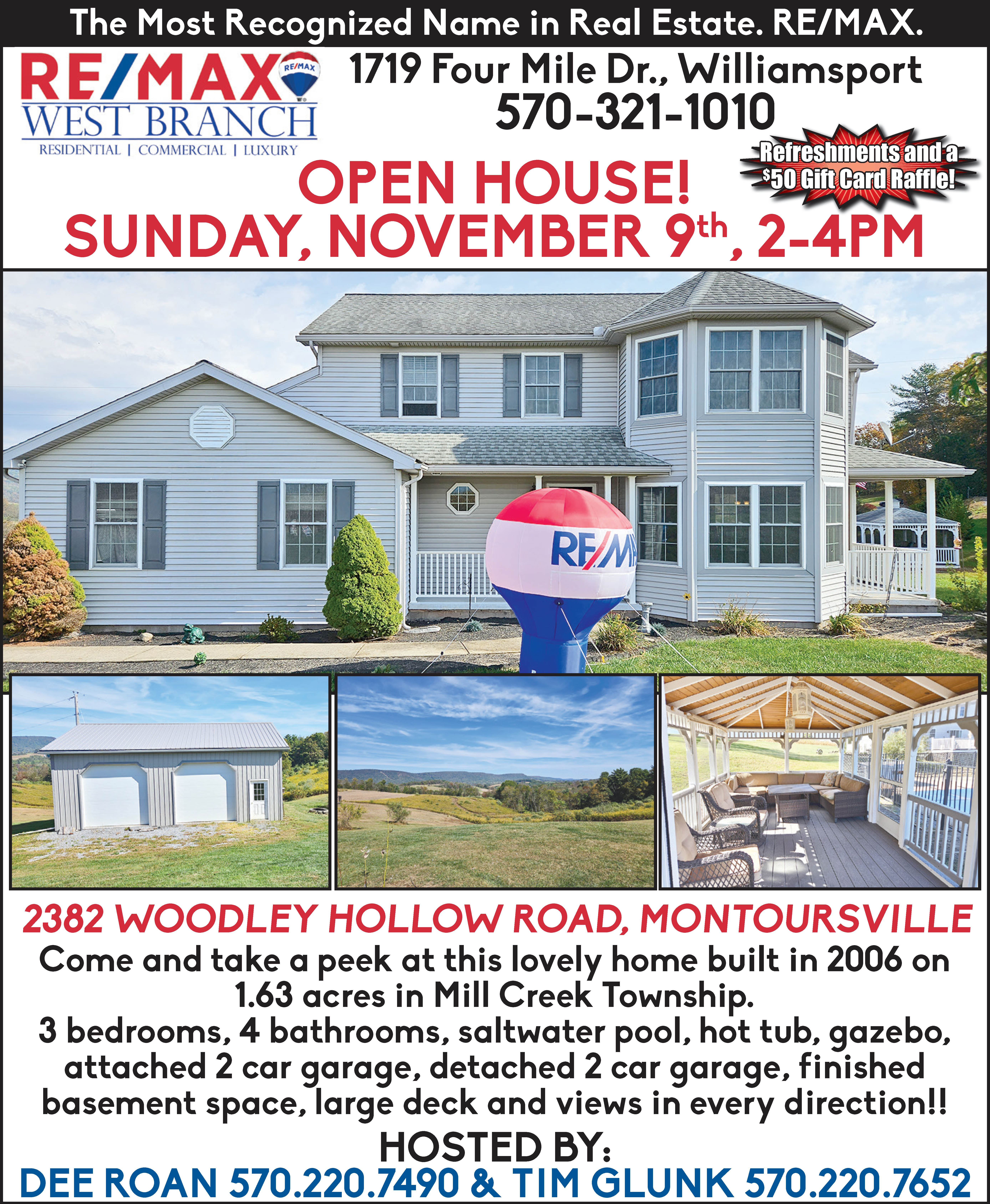Feeling safe and secure at home is a priority for any homeowner. But safety is of particular concern for aging men and women who are at greater risk of being involved in accidents at home than younger men and women.
Harvard Health Publishing says that accidents at home are among the leading causes of injury and death in the United States. The chances for fatalities increases as one ages, and by age 75 and older, men and women are almost four times as likely to die in a home accident as people a decade younger.
As people age, their balance, eyesight and general physical abilities can begin to diminish. Furthermore, a fall or incident that may only bruise a younger individual can cause more serious breaks or damage for seniors, resulting in potentially lengthy recovery times.
The Home Care Assistance organization says that one million elderly people are admitted to the emergency room for injuries every year. People concerned about the safety of their homes or the homes of their aging loved ones can retrofit such properties to make them safer.
Falls
According to The Senior Social Club, which offers care and community services to seniors, falls are the most common accidents affecting seniors. One out of every three seniors aged 65 and older falls at least once a year.
In addition to working with doctors to improve mobility and modify medications that may cause unsteadiness, changes around the home can help. Grab bars placed in bathrooms and high-traffic areas can help seniors get stay more stable when changing from sitting to standing positions.
Potential tripping hazards should be assessed. Area rugs without nonskid backings, clutter on floors, extension cords that extend into walking areas, and uneven flooring pose tripping hazards. Anti-slip coatings can be added to floors to reduce the risk of tripping.
Poorly lit staircases and entryways also can contribute to falls. Consider the installation of motion-activated lighting so that dim areas can be automatically brightened when necessary. A nightlight or LED lights placed near molding can help guide seniors to the bathroom during midnight visits.
Physical limitations
Arthritis can impede seniors’ ability to turn on and off appliances, water faucets or handle certain kitchen tools. Kitchen and bathroom modifications can include the installation of ergonomic and user-friendly handles and spigots.
Task lighting can make it easier to prepare meals, and appliances that automatically turn off after a certain period of time can be a safety feature for forgetful individuals.
Reorganize kitchen cabinets to make commonly used items as accessible as possible.
Smart Homes
Friends or family members can have greater control over seniors’ homes by installing smart home systems. This way they can remotely adjust thermostats, control lights, view cameras, engage locks or alarm systems, and much more without having to be at the home. This can allow seniors to maintain their independence while offering peace of mind to their loved ones.
Certain home modifications can reduce seniors’ injury risk.




Leave a Comment
Your email address will not be published. Required fields are marked with *